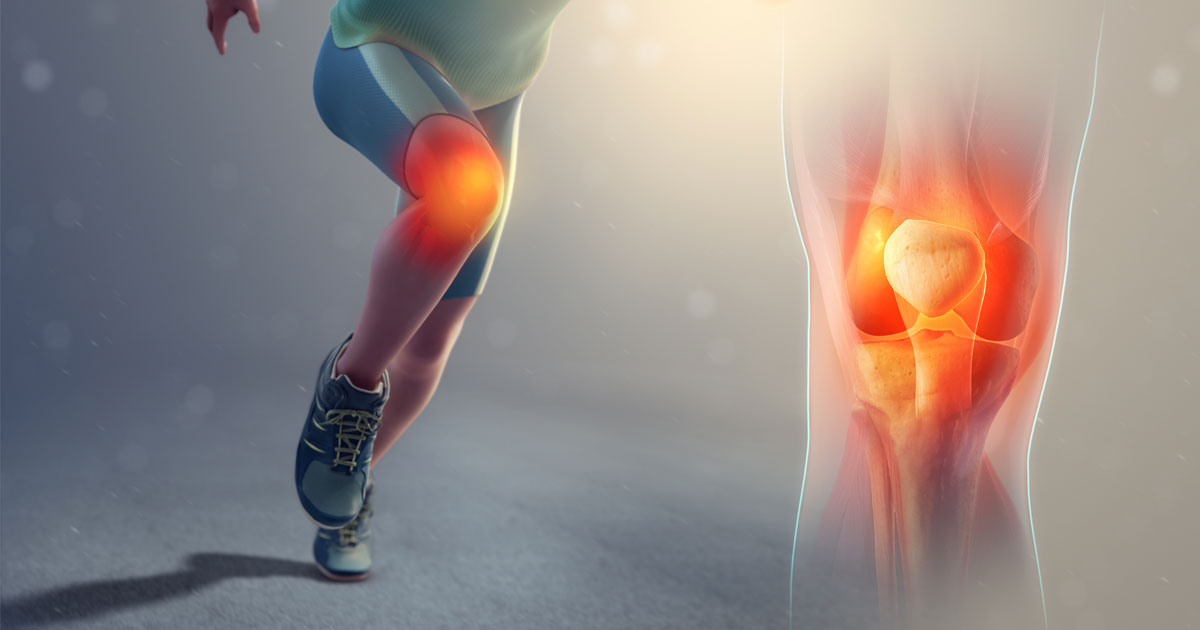
Runner's Knee
“Runner’s knee” (or Patellofemoral pain syndrome) is one of the most common injuries afflicting the knees of active adults and adolescent. It describes diffuse pain, typically at the front of the knee, which is often worse in activities that load the knee joint. For example: squatting, running, climbing and walking down stairs. “Runner’s knee” accounts for 33% and 18% of all knee injuries in female and male athletes respectively, and further, is it the reason behind 25-30% of all visits to sports medicine clinics.
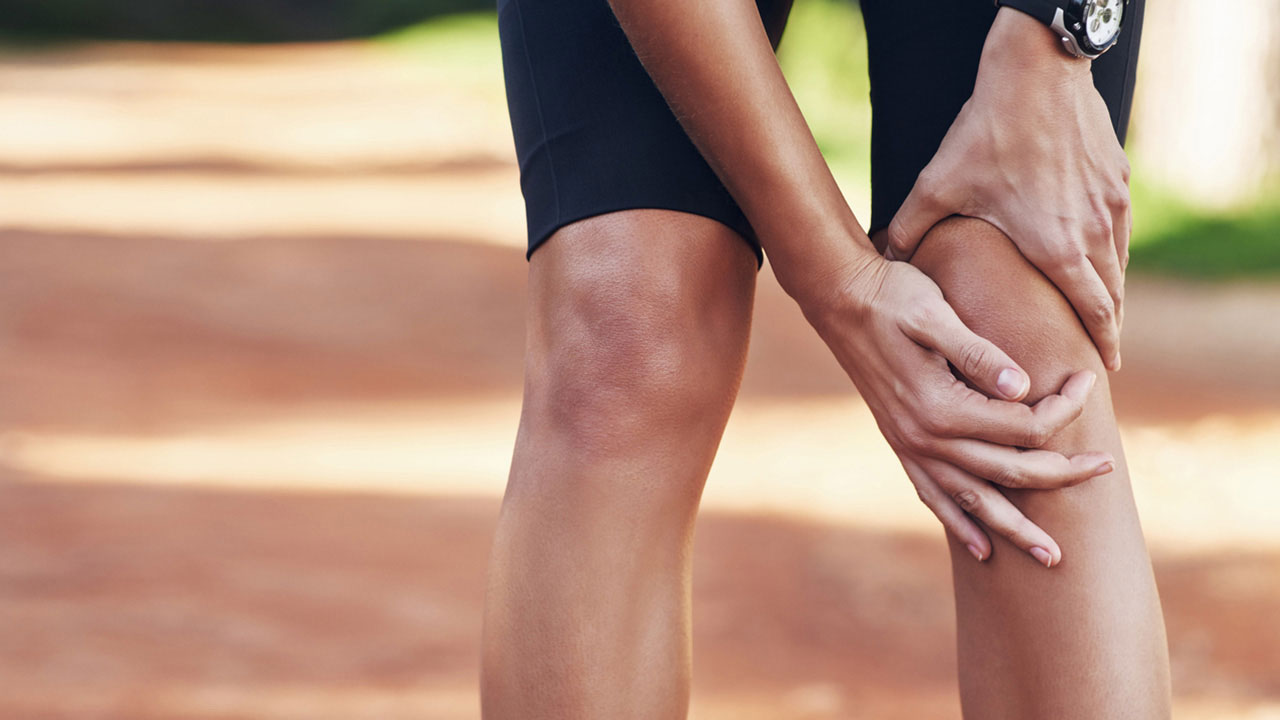
Despite the name, “Runner’s knee” is not a condition that only affects runners. In the clinic, we commonly see this condition in basketballers, soccer players, gym goers and really any activity that involves loaded bending of the knee. “Runner’s knee” was originally understood to be a self-limiting, or temporary, condition but nowadays it is recognised that it’s not unusual for this condition to persist for many years.
What is “Runner’s knee”?
Strictly speaking, the scientific term for “Runner’s knee” is Patellofemoral pain syndrome (PFPS). PFPS often starts as a sharp intermittent pain that feels “deep” or under the knee-cap. However, as the condition progresses people often describe a diffuse aching pain that worsens with use. This may be accompanied by a “clicking” or “grinding” sensation as we bend the knee. Usually, PFPS will develop without any specific injury or fall.
Despite the long name, the term Patellofemoral pain syndrome (PFPS) essentially refers to irritation of the joint behind the knee cap. Hence, leading to pain in activities that involve bending or loading of the knee. But how does this irritation happen?
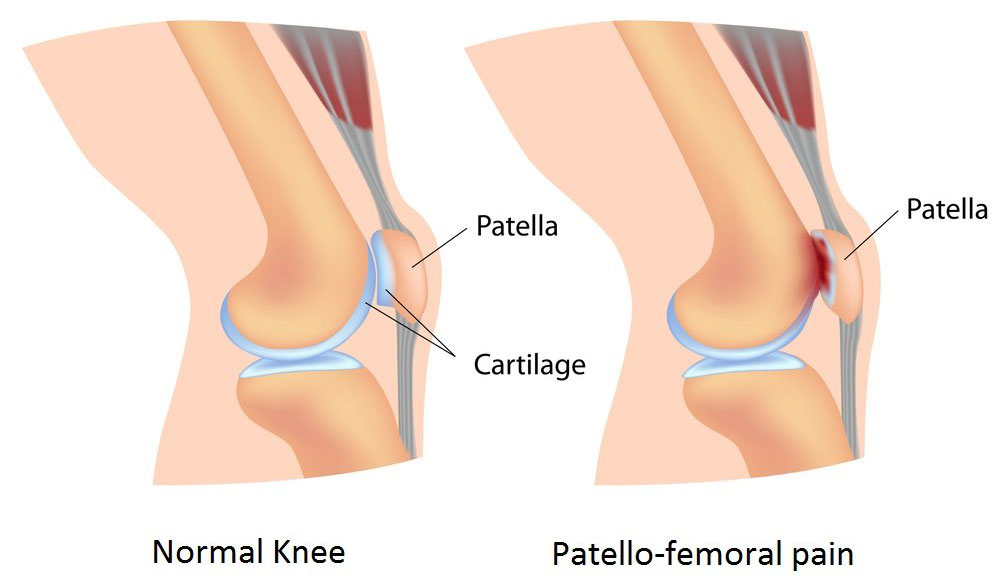
The large majority of PFPS suffers develop irritation due to sub-optimal biomechanics of the knee. In particular our ability to control our knee’s position during movement and our dynamic stability – at not only the knee but also the hip and the foot. If our movement control at any one of these 3 joints is impaired, we find that this changes the way weight (or load) transmits through our knee.
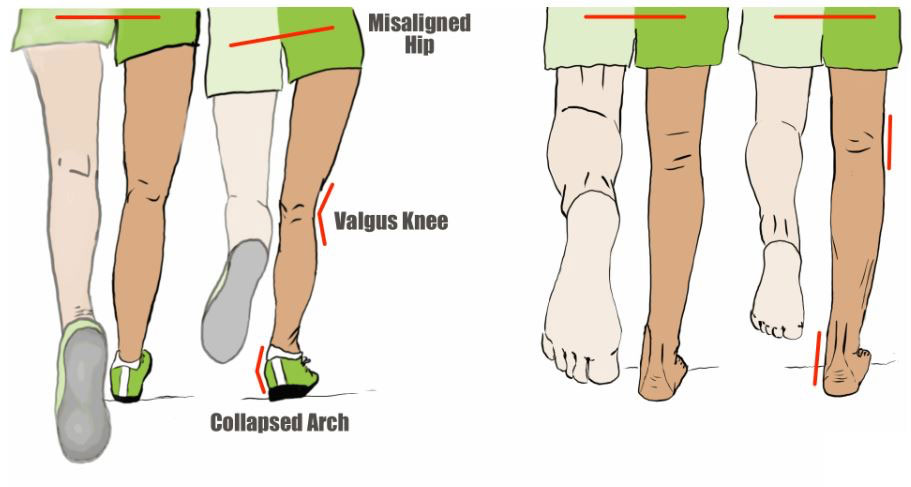
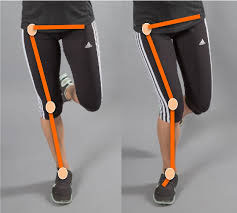
How do we fix “Runner’s knee”?
The tricky part in treating “Runner’s knee” is evaluating which factors are contributing to this imbalance at the knee. It may be muscle weakness or tightness, poor foot position, bony alignment, but it also could be due to training load and technique. Not everyone will have the same issues contributing to their knee pain.
Fixing “Runner’s knee” involves a thorough assessment of dynamic posture and movement patterns.
This assessment will then go on to dictate what an individual’s treatment will need to involve, in order to improve the biomechanics of the knee. Once we are able to restore good movement control to the knee, pain will subside.
References:
1. Halabchi, F., Abolhasani, M., Mirshahi, M., & Alizadeh, Z. (2017). Patellofemoral pain in athletes: clinical perspectives. Open access journal of sports medicine, 8, 189–203. doi:10.2147/OAJSM.S127359
2. Smith, B. E., Selfe, J., Thacker, D., Hendrick, P., Bateman, M., Moffatt, F., Logan, P. (2018). Incidence and prevalence of patellofemoral pain: A systematic review and meta-analysis. PloS one, 13(1), e0190892. doi:10.1371/journal.pone.0190892